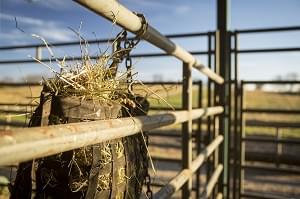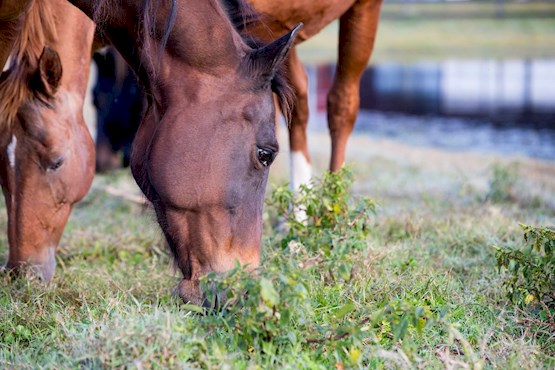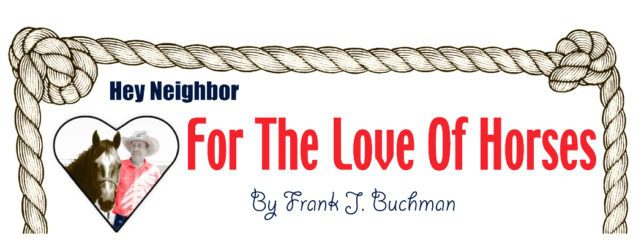“The average horse’s stomach only has a two-to-four-gallon capacity.”
That’s because it was designed to digest a small, but steady stream of forage throughout the day, according to Hoyt Cheramie, equine veterinarian for Boehringer Ingelheim, global, research-driven pharmaceutical company.

Horses evolved as grazers, spending two-thirds of the day grazing. “As they continuously graze, they produce a large amount of saliva and maintain a mixture of roughage and saliva to buffer and help pass acid from the stomach,” Cheramie explained.
However, the feeding styles of today’s performance horses don’t typically follow that schedule. “When horses are fed high concentrate rations, cereal grains are passed through the stomach more quickly than roughage,” Cheramie said.
“There are likely to be times during the day or overnight when the stomach is empty of feed material, but is still producing strong gastric acid,” he claimed.
In fact, the veterinarian-nutrition expert indicated horses produce up to 16 gallons of acidic gastric juice each day.
He pointed out that’s equivalent to the: gas tank of an average car; three 5-gallon water buckets; or half of an average bathtub.
“The stomach’s lower part is lined by glandular mucosa and is where the acid is produced. It’s where the acid is meant to reside and digest food,” Cheramie detailed.
That glandular mucosa has a thick mucus layer, robust blood flow and naturally-produced sodium bicarbonate. All of which protect the lower portion of the stomach from the acid.
The upper part of the stomach, lined by squamous mucosa, doesn’t have the same protection from the acid.
“If the stomach doesn’t have any food in it, the acidic juice accumulates,” Cheramie said. “When it reaches the unprotected upper part of the stomach, the ‘squamous lining’ is burned, causing stomach ulcers.
“Horse owners have to consider the sheer amount of acid the horse’s stomach produces, and that acid is being produced whether there is food in the stomach or not,” Cheramie emphasized.
The most natural way to feed a horse is to provide grazing for much of the day.

“However, that isn’t feasible for most performance horses which are fed large infrequent meals,” Cheramie continued.
“Those horses have limited turnout and grazing, and are under the stress of training, showing and traveling,” he reminded. “Yet, their stomachs still produce all of that gastric fluid on relatively empty stomachs.
“The most natural way to decrease the strength of the acidic juice in the stomach,” Cheramie recognized, “is to keep it off the upper ‘squamous lining’ by taking advantage of a quality roughage based diet.”
Cheramie suggested: increasing grazing time whenever possible; using a slow-feed or grazing hay net; replacing calories from cereal grains with good quality roughage; and adding alfalfa to the diet where appropriate
“A higher-roughage diet results in a lower acid level due to the buffering effect of the roughage and saliva,” Cheramie verified.
When acid levels rise and cause stomach ulcers, the pain can cause horses not to perform at their best.
“As a result of the way performance horses are commonly fed, and in addition to the stress of training, showing and traveling, stomach or gastric ulcers are more common than one might think, with two out of three competitive horses affected,” Cheramie informed.
“Feed additives are available to help protect against ulcers during times of stress,” the knowledgeable horseman said.
“Feeding a performance horse certainly isn’t without challenges. Ask your veterinarian or equine nutritionist for feeding recommendations to help keep acid levels under control,” Cheramie insisted.
